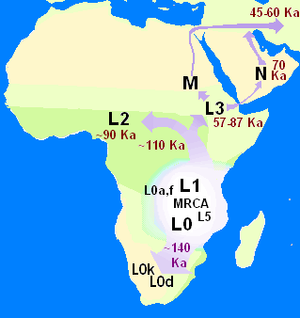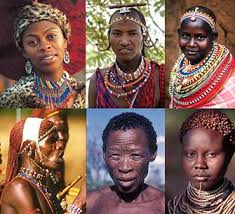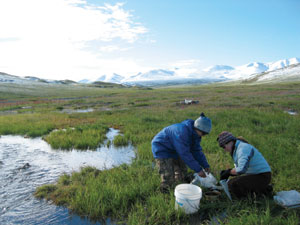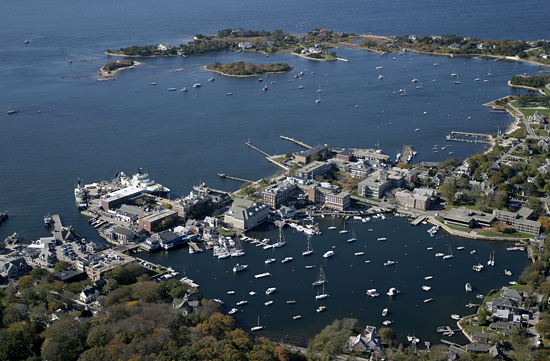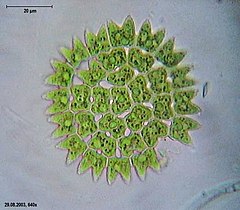
This is Pediastrum
Pediastrum reproduces asexually by producing autocolonies. During asexual reproduction the cell contents divide and form motile spores that arrange themselves into colonies before being liberated. Sexual reproduction is by motile gametes. Apparently, these things can reproduce at an extreme rate.
Zooplankton

This is Krill
These are found in all oceans of the world. In Japan and Russia, krill is also used for human consumption and is known as okiami in Japan. The order Euphasiacea comprises two families. The more abundant Euphausiidae contains ten different genera with a total of 85 species. Of these, the genus Euphausia is the largest, with 31 species. The lesser known family, the Bentheeuphausiidae, has only one species, Bentheuphausia amblyops, a bathypelagic krill living in deep waters below 1,000 metres (3,300 ft). It is considered the most primitive living species of all krill.
Aquatic Macrophyte
This is Nelumbo Nucifera
These are all around beautiful flowers. Nelumbo nucifera, known by a number of names including Indian Lotus, Sacred Lotus, Bean of India, or simply Lotus, is a plant in the Nelumbonaceae family. Be careful not to confuse this with something different. A common misconception is referring to the lotus as a waterlily, an entirely different plant as can be seen from the center of the flower, which clearly lacks the structure that goes on to form the distinctive circular seed pod in the Nelumbo nucifera. Waterlilies come in various colors, whereas the lotus has flowers only in hues of pink, or white.
Fish
Crustacean

This is a lobster
These things are delicious and every one like them. If you dont like lobster then your missing out.
Lobsters are invertebrates, with a hard protective exoskeleton. Like most arthropods, lobsters must molt in order to grow, which leaves them vulnerable. During the molting process, several species change color. Lobsters have 10 walking legs; the front two adapted to claws. Although, like most other arthropods, lobsters are largelybilaterally symmetrical, they often possess unequal, specialized claws, like the king crab.Mammal

The dolphin
Dolphins are the coolest mammals in the ocean. They have personalities and just all around lovable creatures. Dolphins are marine mammals that are closely related towhales and porpoises. There are almost forty species of dolphin in seventeen genera. They vary in size from 4 ft and 90 lbs, up to 30 ft, the Orca or Killer Whale. They are found worldwide, mostly in the shallower seas of the contential shelves, and are carnivores, mostly eating fish and squid.



